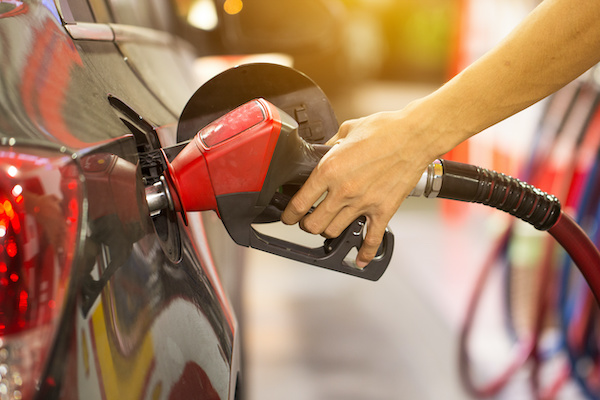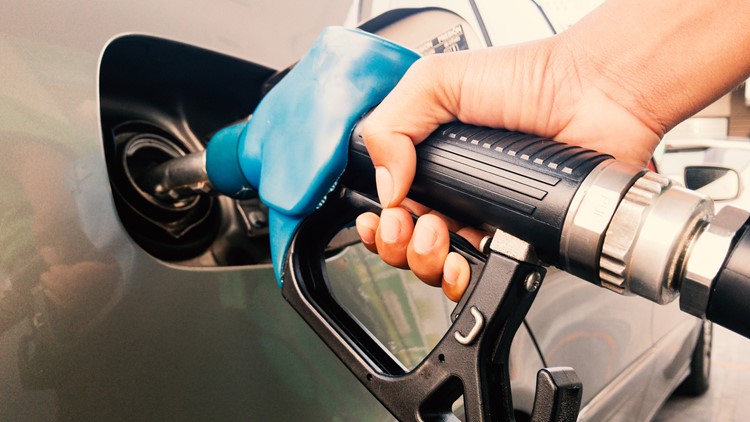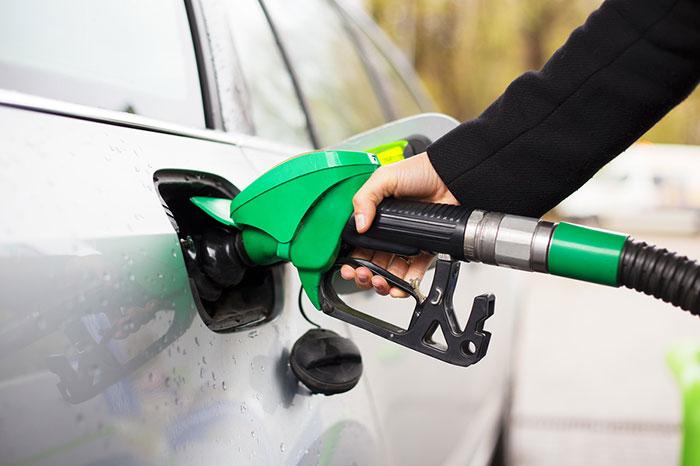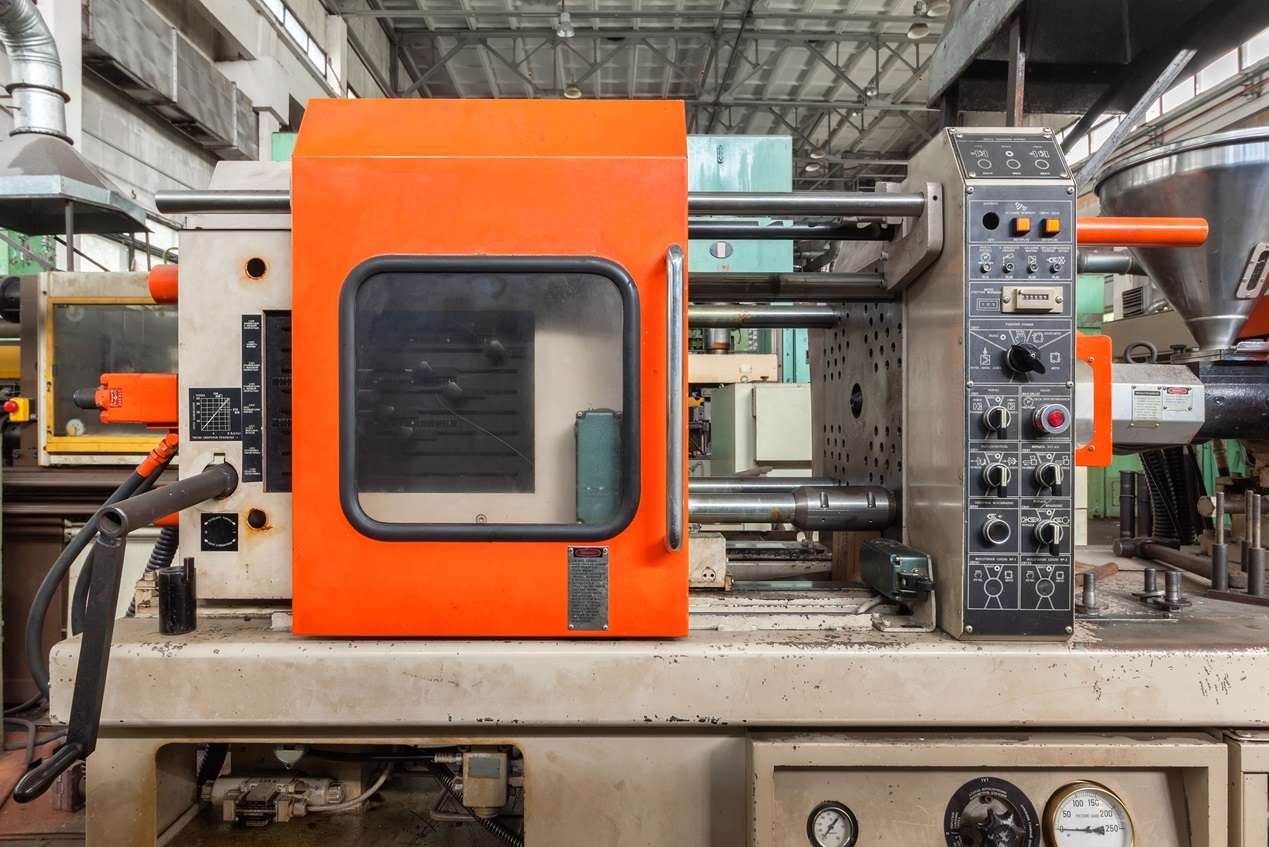Typically, compact cars may have fuel tanks ranging from 40 to 60 liters, while larger vehicles like SUVs or trucks can have tanks with 70 liters or more capacity.
Have you Ever wondered how much fuel your trusty vehicle can hold in its tank? Well, you’re in for a treat because we’re about to dive into the world of petrol capacity.
Buckle up for a ride through the fascinating details that determine how far your car can go on a single tank. It’s time to unlock the mystery behind the liquid gold that keeps your wheels turning.
Factors Influencing Fuel Tank Size

Vehicle Type and Size
Comparison between Small Cars, Sedans, SUVs, and Trucks:
Small Cars: Small cars typically have smaller fuel tanks due to their compact size and lighter weight. They are designed for fuel efficiency and urban commuting rather than long-distance travel.
Sedans: Sedans usually have a moderate-sized fuel tank, balancing fuel efficiency with the need for extended range. They are suitable for various driving conditions, including city commuting and highway travel.
SUVs: SUVs often have larger fuel tanks compared to small cars and sedans. This is because they are designed for diverse uses, including off-road driving and carrying larger loads or passengers. The increased size allows for more extended driving ranges between refueling.
Trucks: Trucks, especially those used for heavy-duty purposes like towing or hauling, tend to have larger fuel tanks. This is essential for longer distances and sustained power output during demanding tasks.
Manufacturer Specifications
How Different Car Makers Design Fuel Tanks:
Capacity Variation: Carmakers design fuel tanks based on their vehicles’ intended use and market positioning.
High-performance or luxury vehicles may have larger tanks to accommodate both power and extended range, while economy cars may prioritize smaller tanks for better fuel efficiency.
Material and Shape: The material and shape of fuel tanks vary among manufacturers. Some may use lightweight materials to improve overall fuel efficiency, while others might opt for specific shapes to maximize space utilization within the vehicle.
Innovation and Technology: When looking at fuel tank design, remember that advancements in materials and manufacturing technologies play a big role.
Some manufacturers may adopt innovations such as composite materials, improved sealing methods, or tank shapes that minimize fuel sloshing and evaporation.
Regulatory Compliance: Different regions have regulations regarding emissions and fuel efficiency. Carmakers may design fuel tanks to comply with these regulations, influencing factors such as tank size and placement within the vehicle.
Integration with Vehicle Architecture: Fuel tank design is integrated with overall vehicle architecture. Some manufacturers may place the tank in specific locations to optimize weight distribution, balance, and safety.
Understanding these factors provides insights into why vehicles of different types and from different manufacturers may have varying fuel tank sizes, catering to diverse consumer needs and preferences.
Average Fuel Tank Capacities
General Range for Small Cars:
Small cars typically have fuel tank capacities in the range of 10 to 15 gallons (38 to 57 liters). The emphasis on fuel efficiency and urban commuting often results in smaller tanks.
This capacity allows for reasonable driving ranges, usually suited for daily commuting needs rather than long-distance travel.
Capacities for Mid-Sized Sedans:
Mid-sized sedans generally feature larger fuel tanks compared to small cars, offering a balance between fuel efficiency and extended driving range.
If you’re checking out mid-sized sedans, you’ll find that, on average, their fuel tank capacity falls between 15 and 20 gallons (57 to 76 liters).
This allows for a more comfortable range suitable for highway driving and longer trips between refueling.
Larger Vehicles: SUVs and Trucks:
SUVs: SUVs, with their emphasis on versatility and the ability to handle various driving conditions, often come with larger fuel tanks. SUVs’ average fuel tank capacity ranges from 20 to 25 gallons (76 to 95 liters).
This larger capacity caters to the demands of off-road adventures and transporting passengers or cargo over longer distances.
Trucks: Trucks, especially those designed for heavy-duty tasks such as towing and hauling, tend to have even larger fuel tanks. Trucks’ average fuel tank capacity can exceed 25 gallons (95 liters), and in some cases, it may go beyond 30 gallons (114 liters).
This larger capacity is crucial for sustained power output during demanding tasks and for reducing the frequency of refueling stops, especially when covering long distances.
It’s important to note that these are general ranges, and actual fuel tank capacities can vary among different models and manufacturers.
Moreover, as technology advances and people’s preferences change, fuel tank sizes may vary over time.
Let’s look at some real-world examples.
Highlighting Specific Popular Car Models and Their Fuel Tank Capacities:
Small Cars:
Honda Civic: The Honda Civic, a popular compact car, often comes with a fuel tank capacity ranging from 12 to 15 gallons, depending on the specific trim and model year.
Mid-Sized Sedans:
Toyota Camry: The Toyota Camry, a well-known mid-sized sedan, typically features a fuel tank capacity between 14 and 16 gallons, varying by trim level and model year.
SUVs:
Ford Explorer: The Ford Explorer, a widely-used SUV, may have a fuel tank capacity in the range of 18 to 21 gallons, depending on the specific model and configuration.
Trucks:
Chevrolet Silverado: The Chevrolet Silverado, a popular full-size truck, often comes with a larger fuel tank capacity, ranging from 24 to 26 gallons, catering to the truck’s towing and hauling capabilities.
Tips for Finding This Information for Any Car Model:
Manufacturer’s Website: Check out the car manufacturer’s official website. They usually offer detailed specifications for each model, including information about the fuel tank capacity.
Owner’s Manual: The owner’s manual that comes with the vehicle is a valuable resource. It often contains information about the vehicle’s specifications, including the fuel tank size.
Automotive Review Websites: Websites that review and provide information about cars, including details on fuel tank capacities. Examples include Edmunds, Kelley Blue Book, and MotorTrend.
Online Car Databases: Use online car databases and research tools that compile information on various car models. Websites like Cars.com, Autotrader, and Car and Driver often include specifications, including fuel tank sizes.
Contacting Dealerships: Reach out to local dealerships, as they can provide specific details about the models they have in stock. Dealership staff can offer information on fuel tank capacities and other specifications.
Online Forums and Communities: Explore online automotive forums and communities where car owners discuss their experiences. Members often share details about their vehicles, including fuel tank capacities.
Vehicle Identification Number (VIN): The VIN can be used to look up specific details about a vehicle, including its original specifications. Online VIN decoders or contacting the manufacturer can provide this information.
Remember that fuel tank capacities can vary within a model lineup, so it’s essential to check the specific trim level and model year for accurate information.
Importance of Knowing Your Vehicle’s Capacity
Fuel Efficiency and Range Considerations:
Optimizing Efficiency: Knowing your vehicle’s fuel tank capacity is crucial for optimizing fuel efficiency. Understanding the relationship between fuel tank size and your car’s mileage allows you to plan refueling stops efficiently and avoid running out of fuel unexpectedly.
Driving Range Awareness: Knowledge of your vehicle’s fuel capacity helps you gauge the potential driving range before needing to refuel.
Knowing your vehicle’s fuel tank capacity is especially crucial for daily commuting, road trips, and situations where understanding your travel range on a full tank is beneficial.
Planning for Long-Distance Trips:
Reducing Stops: Knowing your vehicle’s fuel tank capacity for long-distance trips enables you to plan fuel stops strategically. This can help minimize the required stops, saving time and ensuring a smoother journey.
Navigating Remote Areas: In remote or less populated areas, where gas stations may be scarce, understanding your vehicle’s fuel capacity is essential for planning refueling points and ensuring you don’t run out of fuel in areas with limited access to gas stations.
Financial Implications:
Budgeting for Fuel Costs: Knowing your vehicle’s fuel tank capacity allows you to estimate fuel costs more accurately.
Avoiding Overfilling: Understanding your vehicle’s fuel capacity helps you avoid overfilling the tank, which wastes fuel and can lead to unnecessary expenses. Overfilling may result in fuel spillage or damage to the vehicle’s evaporative emission control system.
In summary, being aware of your vehicle’s fuel tank capacity is fundamental for optimizing fuel efficiency, planning for long-distance trips, and managing your budget effectively.
It contributes to a more informed and prepared driving experience, allowing you to make decisions that enhance both the practical and financial aspects of owning and operating a vehicle.
Tips for Optimizing Fuel Efficiency

Driving Habits:
Smooth Acceleration and Deceleration:
Gradual acceleration and deceleration help improve fuel efficiency. Try not to accelerate or brake suddenly, and keep a steady speed whenever you can.
Maintain a Consistent Speed:
Use cruise control on highways to help maintain a constant speed, which can contribute to better fuel efficiency.
Reduce Idle Time:
Turn off your engine when parked for an extended period. Idling consumes fuel unnecessarily.
Lighten the Load:
Take out any unnecessary items from your vehicle, as carrying extra weight can lower fuel efficiency. Avoid carrying heavy cargo on the roof, as it increases aerodynamic drag.
Moderate Speeds:
Driving at moderate speeds helps improve fuel efficiency. High speeds result in increased air resistance and reduced mileage.
Regular Maintenance:
Keep the Engine Tuned:
Regular maintenance is crucial to achieve the best performance and fuel efficiency.
Be sure to maintain your tires at the recommended pressure. If they’re under-inflated, they create more resistance and lower fuel efficiency.
Oil Changes:
Follow the manufacturer’s recommendations for changing the engine oil. Clean oil reduces friction, which helps with fuel efficiency.
New Air Filter:
Swap out the air filter regularly to ensure good airflow to the engine. This improves combustion efficiency.
Check for Fuel System Issues:
Deal with any problems in the fuel system promptly. A well-kept fuel system ensures combustion is efficient.
Choosing the Right Fuel:
Follow Manufacturer Recommendations:
Use the type of fuel recommended by the vehicle manufacturer. Using higher-octane fuel than required does not necessarily improve performance and can be more expensive.
Top Tier Gasoline:
Choose gasoline from stations that adhere to the “Top Tier” standard, as it contains higher-quality detergent additives that can keep the engine cleaner.
Consider Alternative Fuels:
Consider alternative fuels such as ethanol blends or biodiesel, depending on your vehicle type. Some vehicles are designed to run on specific alternative fuels for improved efficiency.
Avoid Fuel Additives Unless Necessary:
For most vehicles, additional fuel additives are not necessary and may not provide significant benefits. Follow manufacturer recommendations before using any additives.
FAQs
How many liters is a full tank of petrol for a small car?
It varies, but small cars typically have tanks ranging from 40 to 50 liters.
What about mid-sized sedans?
Mid-sized sedans usually have fuel tanks ranging from 50 to 65 liters.
How much petrol does an average SUV tank hold?
SUVs generally have larger tanks, ranging from 60 to 80 liters on average.
What’s the fuel tank capacity of a typical truck?
Trucks, especially larger models, can have tanks exceeding 80 liters, with some heavy-duty trucks going beyond 100 liters.
Do electric cars have fuel tanks?
No, electric cars use batteries, not fuel tanks. They store electricity for propulsion.
How often should I fill up my tank?
It depends on your driving habits, but many drivers refuel when the tank is around 25-30% full.
Is it bad to let my petrol tank run almost empty regularly?
It’s not ideal; it can strain the fuel pump, and sediments at the tank’s bottom may get into the system. Try not to go below a quarter tank.
Can I mix different types of petrol in my tank?
It’s not recommended. Stick to the fuel type recommended by your vehicle’s manufacturer.
How much does it cost to fill up a typical small car tank?
It depends on petrol prices, but a small car with a 50-liter tank could range from $40 to $60.
How can I improve fuel efficiency?
Maintain your car regularly, drive smoothly, and inflate
your tires properly.
Conclusion
If you want to save money on gas and help your car run better, you should pay attention to how you drive. You can start by driving smoothly, not going too fast, and turning off your engine when you’re not driving.
Also, take good care of your car by getting regular tune-ups, keeping your tires in good shape, and using the right kind of fuel. These easy steps can significantly impact your gas expenses and enhance your car’s performance.
So, next time you’re behind the wheel, remember that you have the power to make your car more fuel-efficient!









